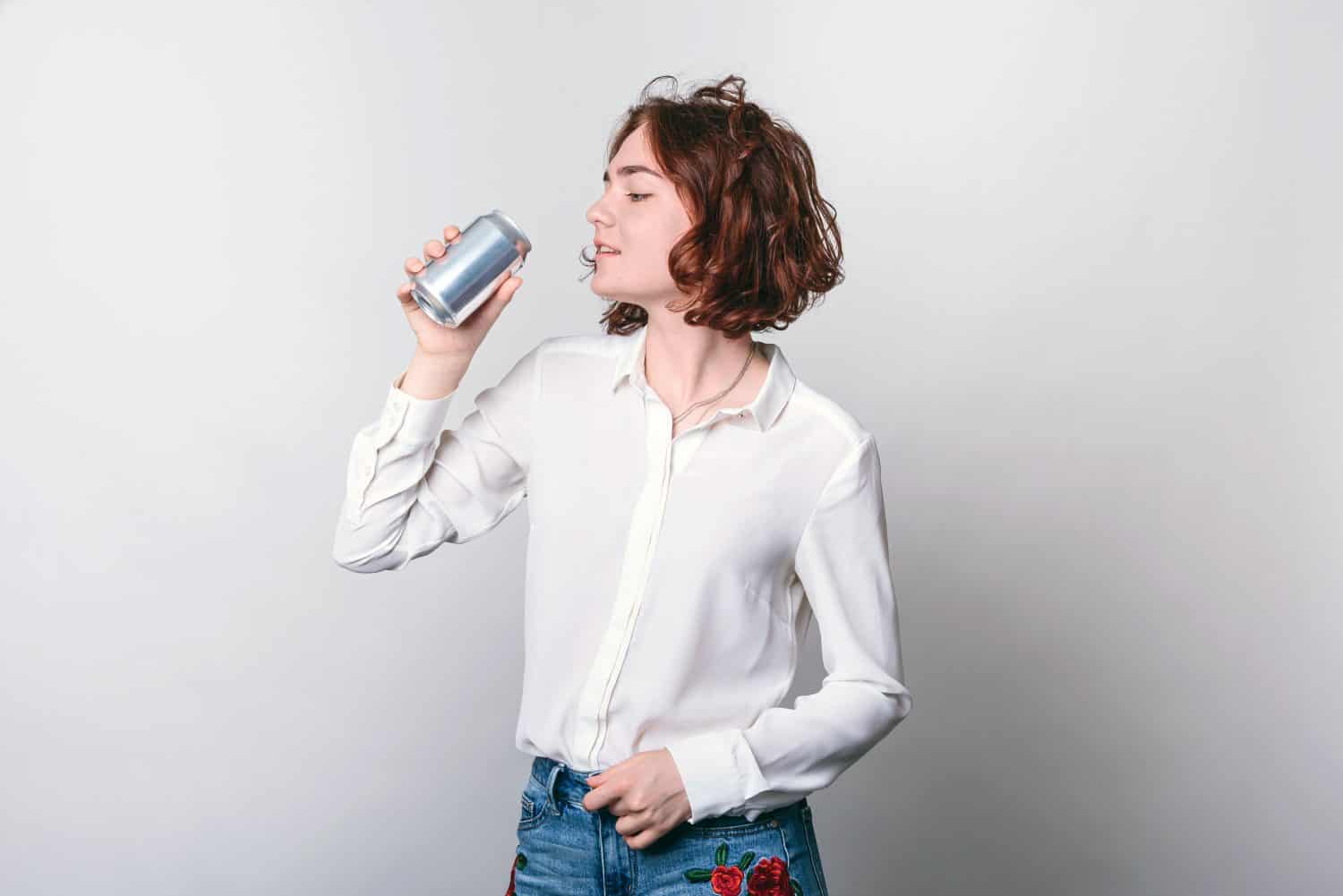Coca-Cola is a popular brand that has been around since 1886. It is the most popular soda brand and as of 2017 has a 42.8% market share. Additionally, Coca-Cola has addictive ingredients, including sugar, that give the brain dopamine and trigger the reward epicenters in our brains. Coca-Cola is more than just the classic Coke and diet drink. Worldwide, it produces more than 3,500 drinks and 500 brands. Let’s take a look at some of the top Coca-Cola products you didn’t know existed.
To compile a list of Coca-Cola products you didn’t know existed, 24/7 Tempo consulted numerous sites, including the official Coca-Cola website and brand sites. Some of these products have been discontinued, while others are fan favorites in different countries. You may remember a few of these lesser-known Coke products; now let’s journey through time and learn more about them. (Also check out our list of soft drinks that are most likely to keep you awake at night.)
TaB
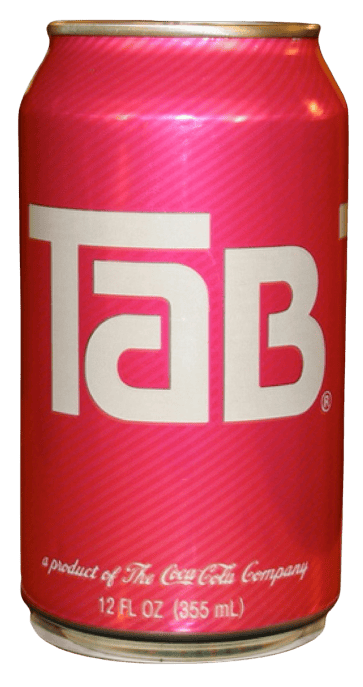
- Release Year: 1963
- Status: Discontinued
TaB was around for 57 years, so it’s possible you know of its existence. However, what many do not know is that it was the very first diet soda from Coca-Cola. Released in 1963, TaB was designed for customers who wanted to keep “tabs” on their weight. The sugar-free cola gained a following, and six flavors plus a caffeine option followed suit.
However, in 2020, when Coca-Cola cleaned house and discontinued several flavors, TaB didn’t make the cut. Coca-Cola did acknowledge just how incredible the journey had been with a letter to the TaB flavor, paying tribute to the diet soda that started it all.
Sparletta Sparberry
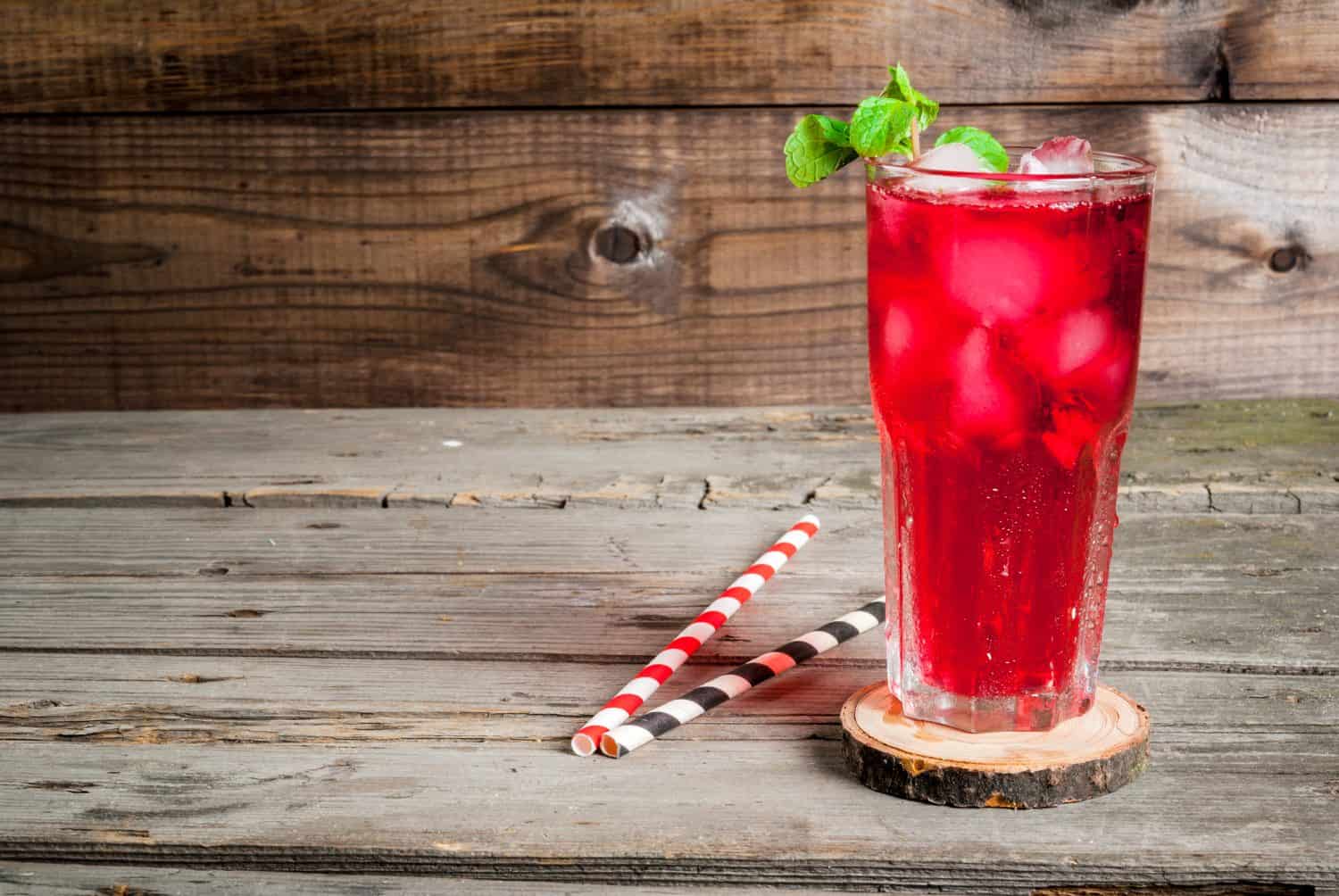
- Release Year: 1953
- Status: Popular in Zimbabwe
Coca-Cola has numerous products that can be found all over the world. Some of the rarest and tastiest Coca-Cola finds are only enjoyed in one or two countries. This is the case for Sparletta Sparberry. It is a tart and sweet raspberry-flavored drink. What makes Sparletta Sparberry unique is the cream soda texture and the airy flavor. Not to mention, the red coloring is appealing to adults and kids alike.
Minute Maid Joy Apple Lychee
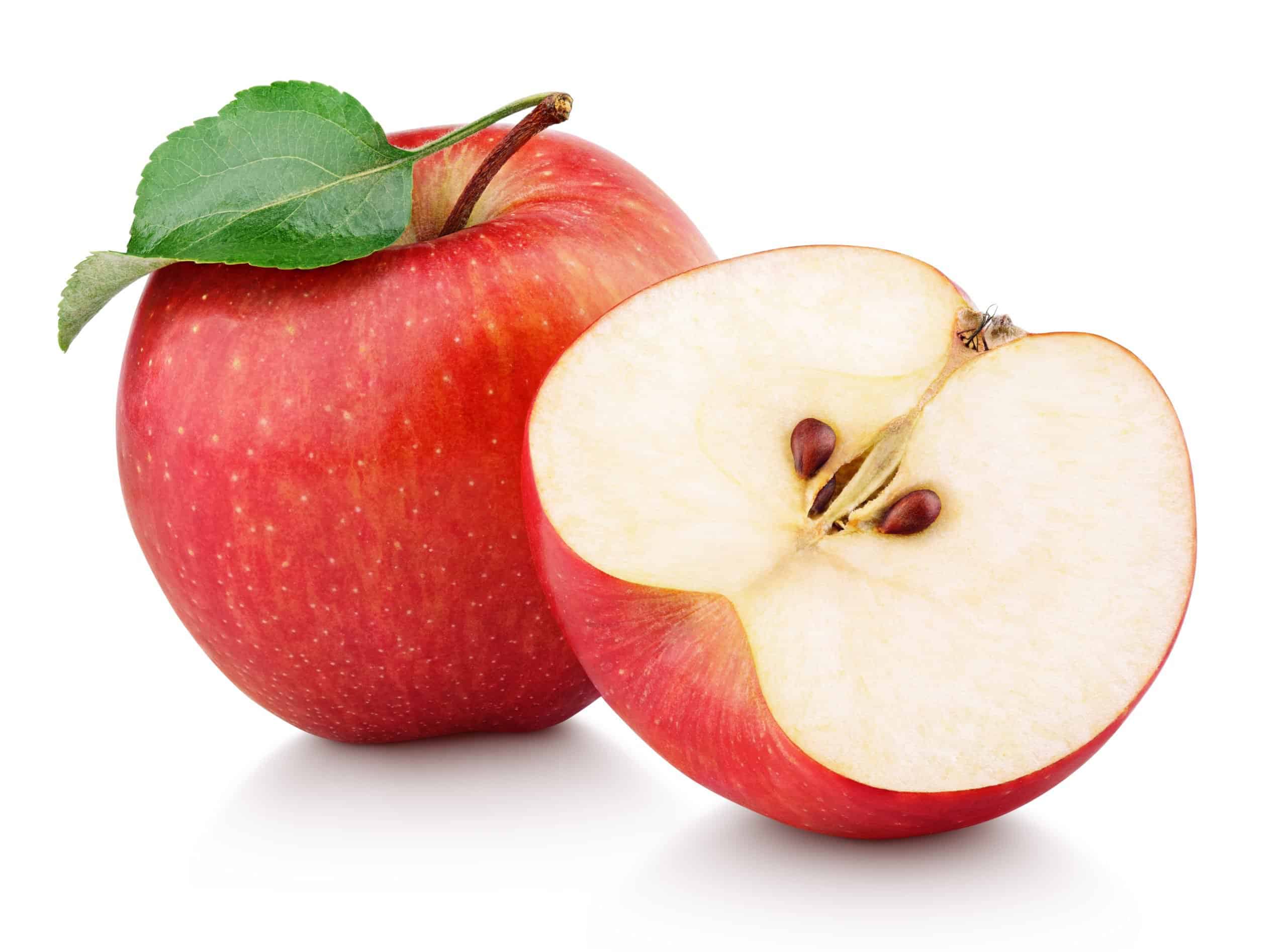
- Status: Popular in Korea
In Korea, there’s a unique flavor experience that gives a balance that can be hard to achieve. You have the taste of apples combined with the sweetness of lychee; the results are Minute Maid Joy Apple Lychee. This drink is caffeine-free and non-sparkling, only adding to the allure.
Sprite Remix
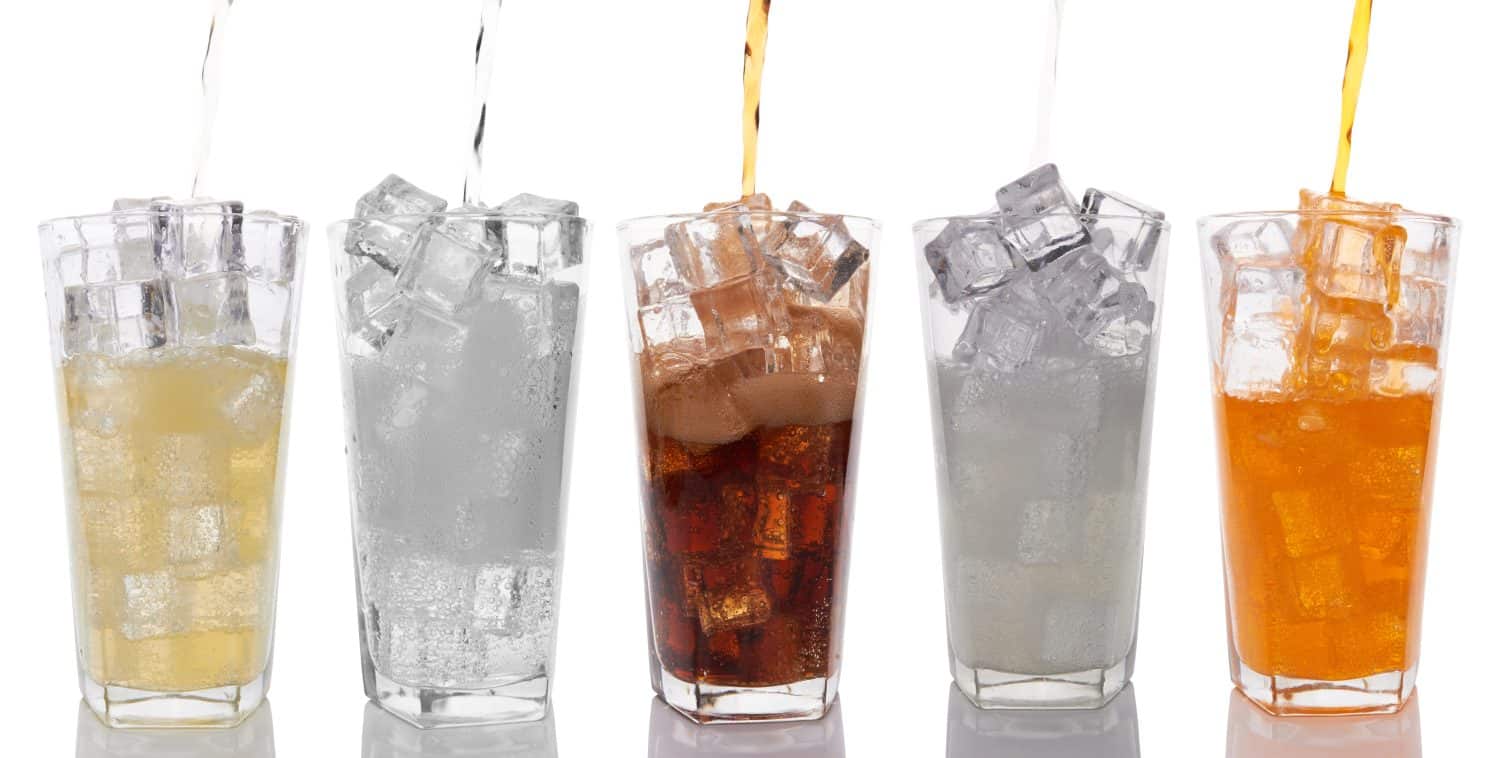
- Release Year: 2002
- Status: Discontinued
Sprite Remix was released in 2002 and gained a small following. The original tropical-flavored drink led to two more delicious flavors, Aruba Jam and Berry Clear. However, the success of Sprite Remix only lasted a couple of years. Coca-Cola did take a note out of McDonald’s playbook, inspired by their limited releases, and brought Sprite Remix back for a limited time, much to the joy of fans.
Fanta Melon Frosty
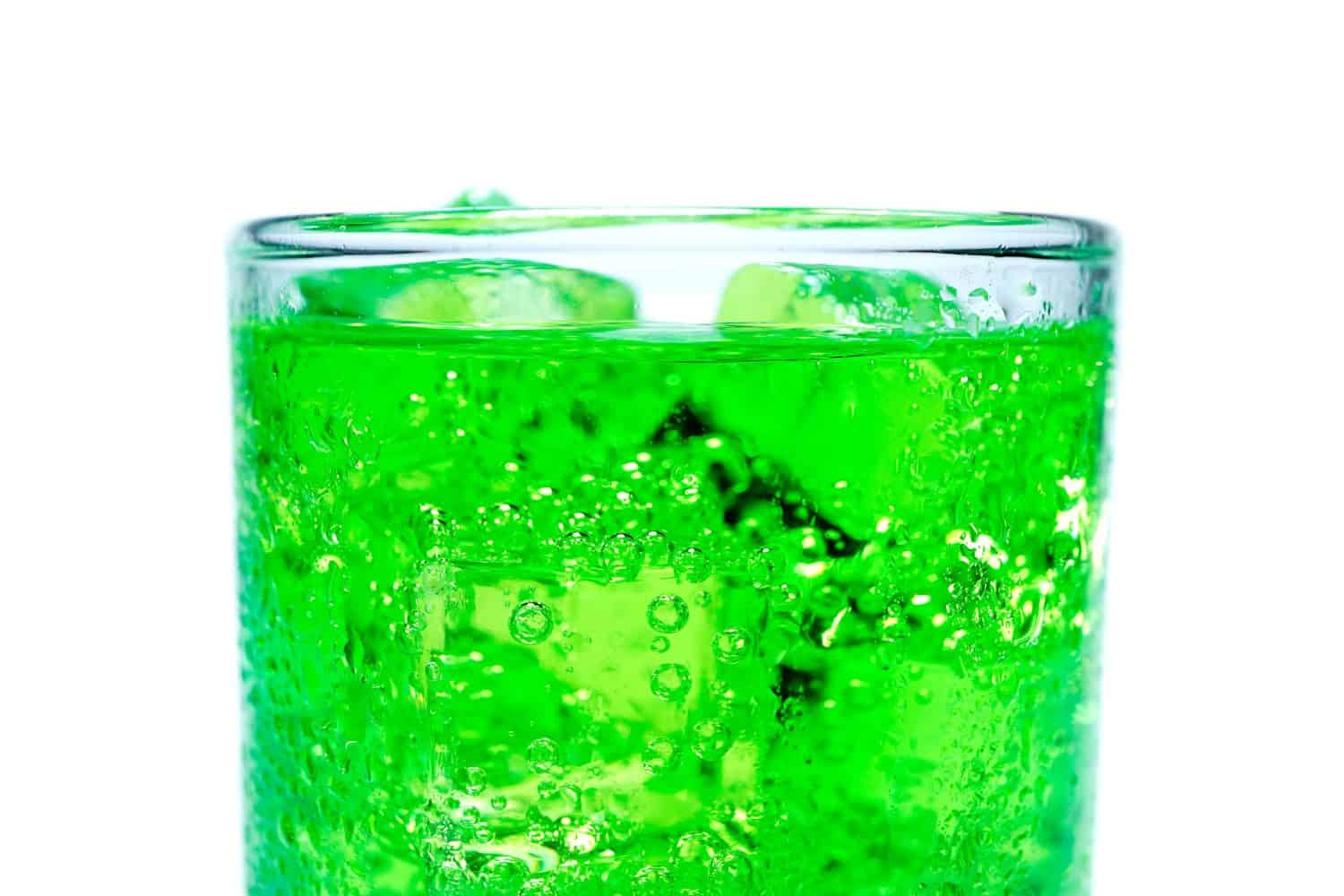
- Status: Popular in Thailand
Who doesn’t love a tropical, refreshing taste? The melon flavor of Fanta Melon Frosty is sweet and refreshing, combined with a juicy taste. Another appealing factor is the green color, which adds to the pull of this drink.
Coca-Cola Blak
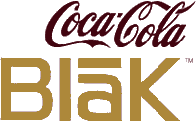
- Release Year: 2006
- Status: Discontinued
Many people love coffee and soda for the caffeine and awake feeling they give. So, why not combine the two and get the best of both worlds? Coca-Cola Blak was first introduced in France, then it was brought to the United States. It only lasted on the shelves for two years.
There was just something about this new Coca-Cola flavor, which used high fructose corn syrup and aspartame, that did not appeal to the masses. Although Coca-Cola discontinued this version, they still love to play around with coffee-flavored sodas and have since introduced Coca-Cola with Coffee.
Beverly
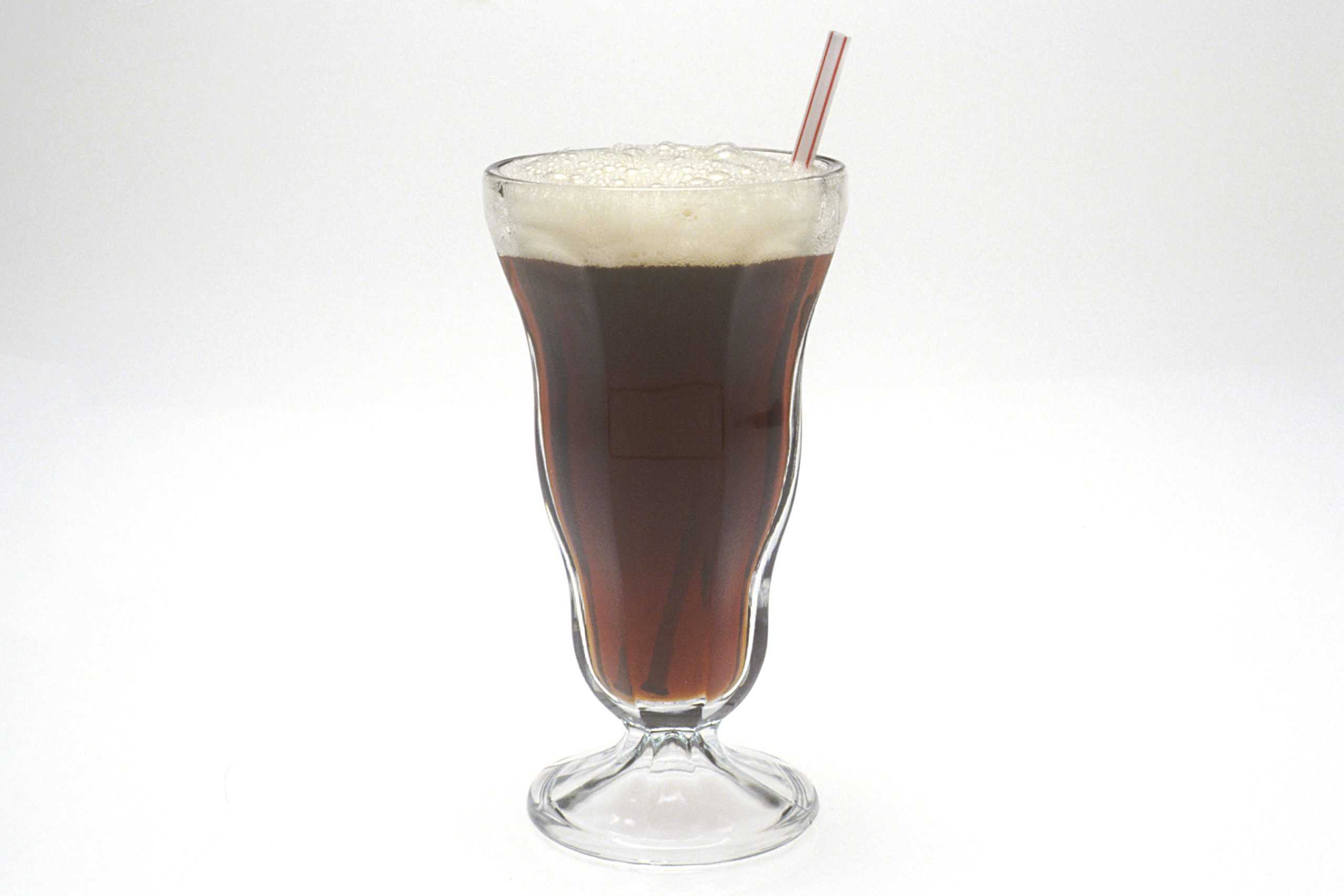
- Release Year: 1969
- Status: Popular in Italy
In 1969, the Coca-Cola drink Beverly was released. It contrasts the typical sweet flavor of soda with a distinct bitter taste. Beverly is a nonalcoholic drink that gives the allure of a sophisticated “adult drink” experience. Beverly remains popular in Italy today.
OK Soda
- Release Year: 1993
- Status: Discontinued
OK Soda is remembered more for its marketing strategy than for the actual flavor behind the Coke. The goal was to appeal to “emo” teens and young adults by marketing that “everything is going to be OK,” which is where the name OK Soda came from.
The marketing consisted of a black and white sketch art with a red can. Although many teens did flock to the shelves to grab this new Coca-Cola flavor, the popularity fizzled out. In two years, it was apparent that the sales wouldn’t be strong enough to keep OK Soda on the shelves, and this soda disappeared from our lives forever.
Sprite Cucumber
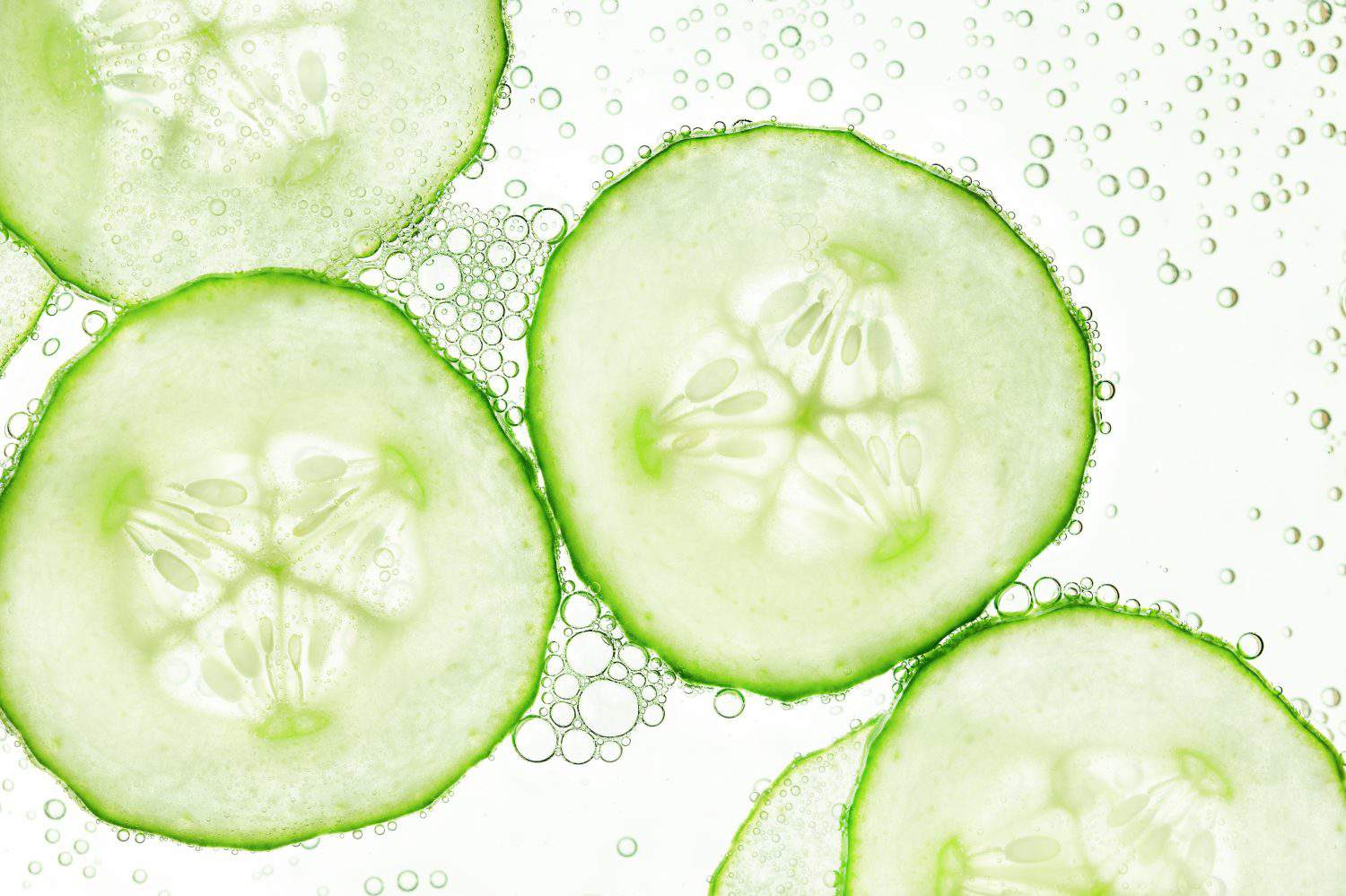
- Release Year: 2017
- Status: Popular in Romania
Crisp cucumbers and lime, what more is there to say? Sprite Cucumber is a popular Coca-Cola drink in Romania. Perhaps it’s the perfect blend of the lemon-lime taste and the light flavor of cucumber. Whatever the case, buyers love the rejuvenating taste.
Coca-Cola Energy
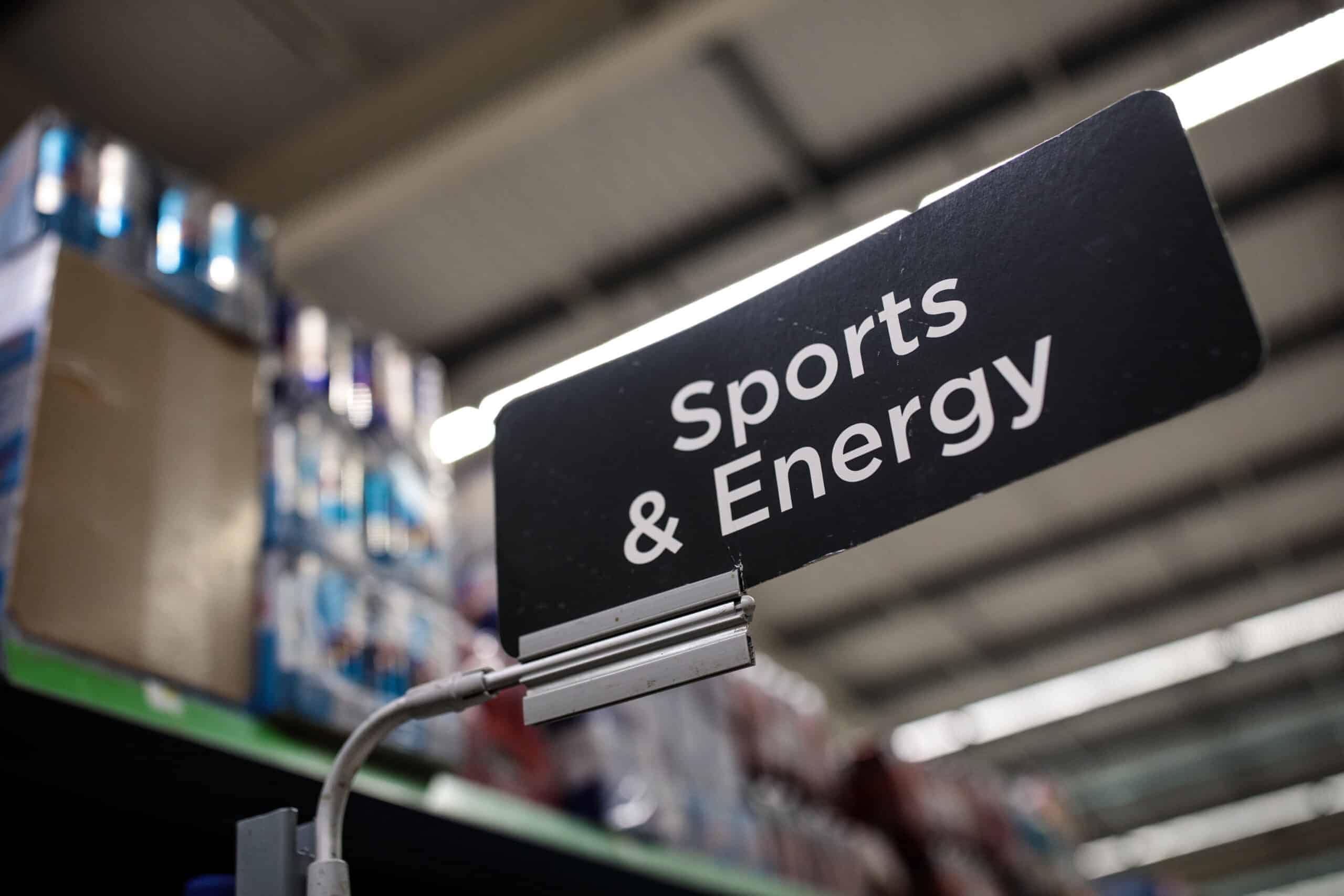
- Release Year: 2020
- Status: Discontinued in North America. May be able to find internationally.
Energy drinks are a popular way to increase a person’s motivation and productivity, especially those who are constantly joining the hustle. Coca-Cola released its first official Coke brand energy drink, “Coca-Cola Energy” in 2020. Packed with guarana extract, B vitamins, and sugar alternatives, the drink appeared to have some staying power.
Yet, this energy drink faded out and only lasted one year. However, you may be able to find it lingering around somewhere overseas.
Stoney Ginger Beer
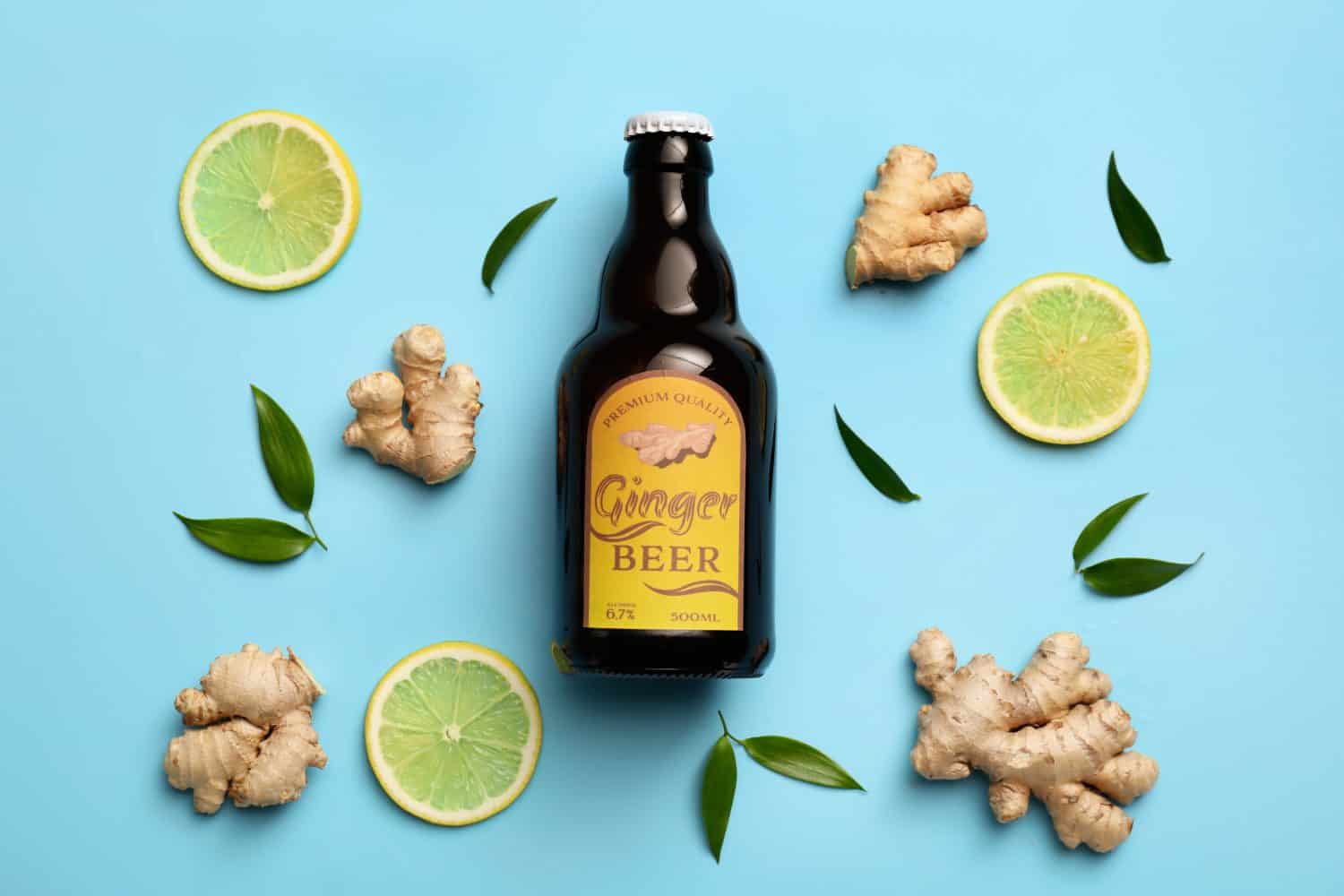
- Release Year: 1971
- Status: Popular in Tanzania
Stoney Ginger Bear is a nonalcoholic Coca-Cola drink popular in Tanzania. Its bold and tangy flavor is compelling, and the distinctive ginger flavor adds to its appeal.
New Coke
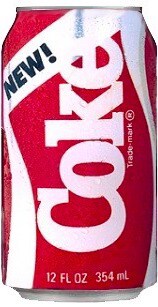
- Release Year: 1985
- Status: Discontinued
In 1985, Coca-Cola made an attempt to “refresh” the classic Coke flavor and failed miserably. The popular Coke formula was taken off the shelves and replaced with “New Coke.” The goal was to boost sales, but the new formula did not deliver the classic flavor fans of the brand loved.
Therefore, the public protested, signed petitions, and ensured the company knew precisely how displeased they were with this move. In three months, Coca-Cola pulled the “New Coke” off the shelves and replaced it with the old flavor, labeling it as “Coca-Cola Classic.” Ironically, this move did boost sales, as fans flocked to the shelves to buy their beloved flavor. Once again, Coca-Cola was on top.
Coco-Cola Cinnamon
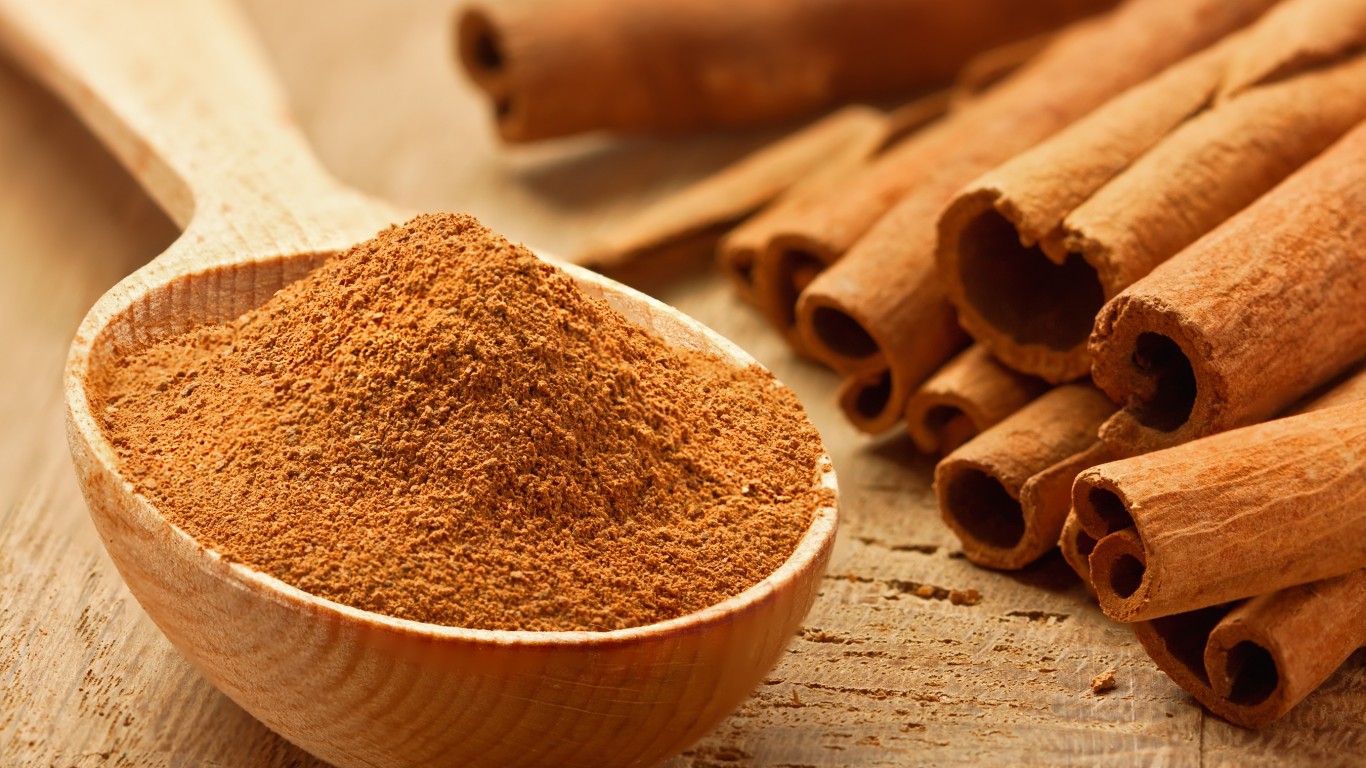
- Release Year: 2019
- Status: MIA
During the holidays, it’s common for brands to release spicy drinks that may appeal to the masses. That is what happened with Coca-Cola Cinnamon. It was released in 2019, and it has been described as having the perfect amount of cinnamon. However, Coca-Cola Cinnamon did not have enough staying power to make the cut every year. It did come back briefly in 2020, but since then, this spicy drink has remained MIA.
Green Tea Coke
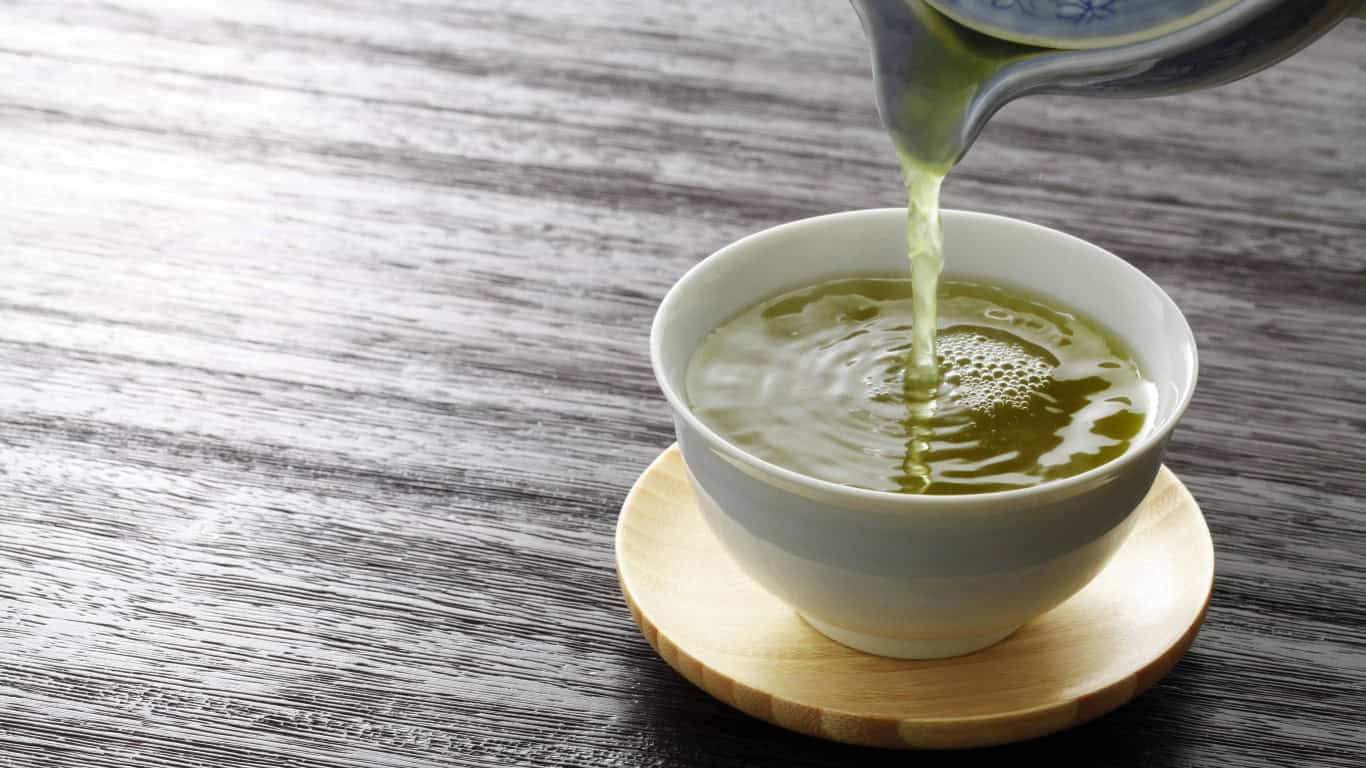
- Release Year: 2009
- Status: Discontinued
Mixing popular flavors can either see immense success or epic failure. Green Tea Coke was released in Japan first and was an attempt to compete with Pepsi Shiso. The marketing strategy was to appeal to health-conscious women with the pull of antioxidants and a refreshing aftertaste.
Yet, the experimental flavor didn’t go over the way Coca-Cola wanted, and Green Tea Coke was eventually pulled off the shelves.
Fanta Pina Colada
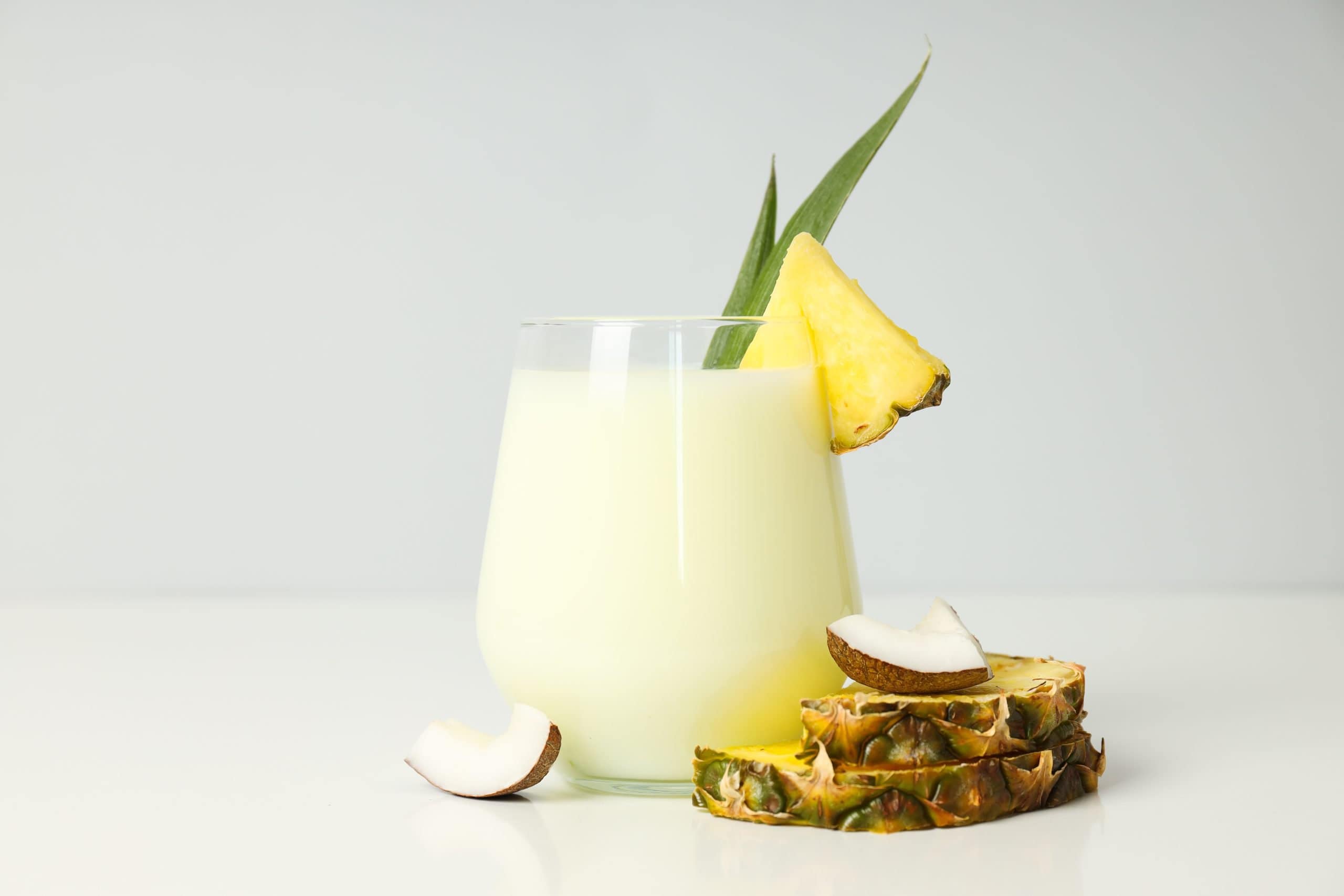
- Release Year: 2020
- Status: Still can be found but has faded into the background.
If you love the flavor of a Pina Colada and the flavor of Fanta, you may enjoy Fanta Pina Colada. It was released in 2020 as a nonalcoholic take on the cocktail.
The fruity flavors of pineapple and coconut combine with the flavor of Fanta to give us a refreshing and delightful taste that is unique in its own right.
Vio
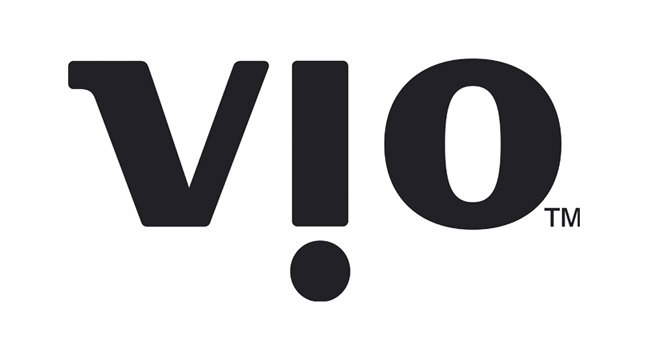
- Release Year: 2009
- Status: Some drinks can still be found in a few countries like India.
We have strawberry and chocolate milk; why not add fruit-flavored carbonated milk? It sounds sort of iffy, doesn’t it? In 2009, this is precisely what Vio was. However, it had a limited lifespan and Vio failed miserably in the United States.
Maybe it was the comparison to a “birthday party for a polar bear,” or people simply didn’t like carbonated milk. Whatever the case, Vio was taken off the shelves and hardly seen in the United States again.
Inca Kola
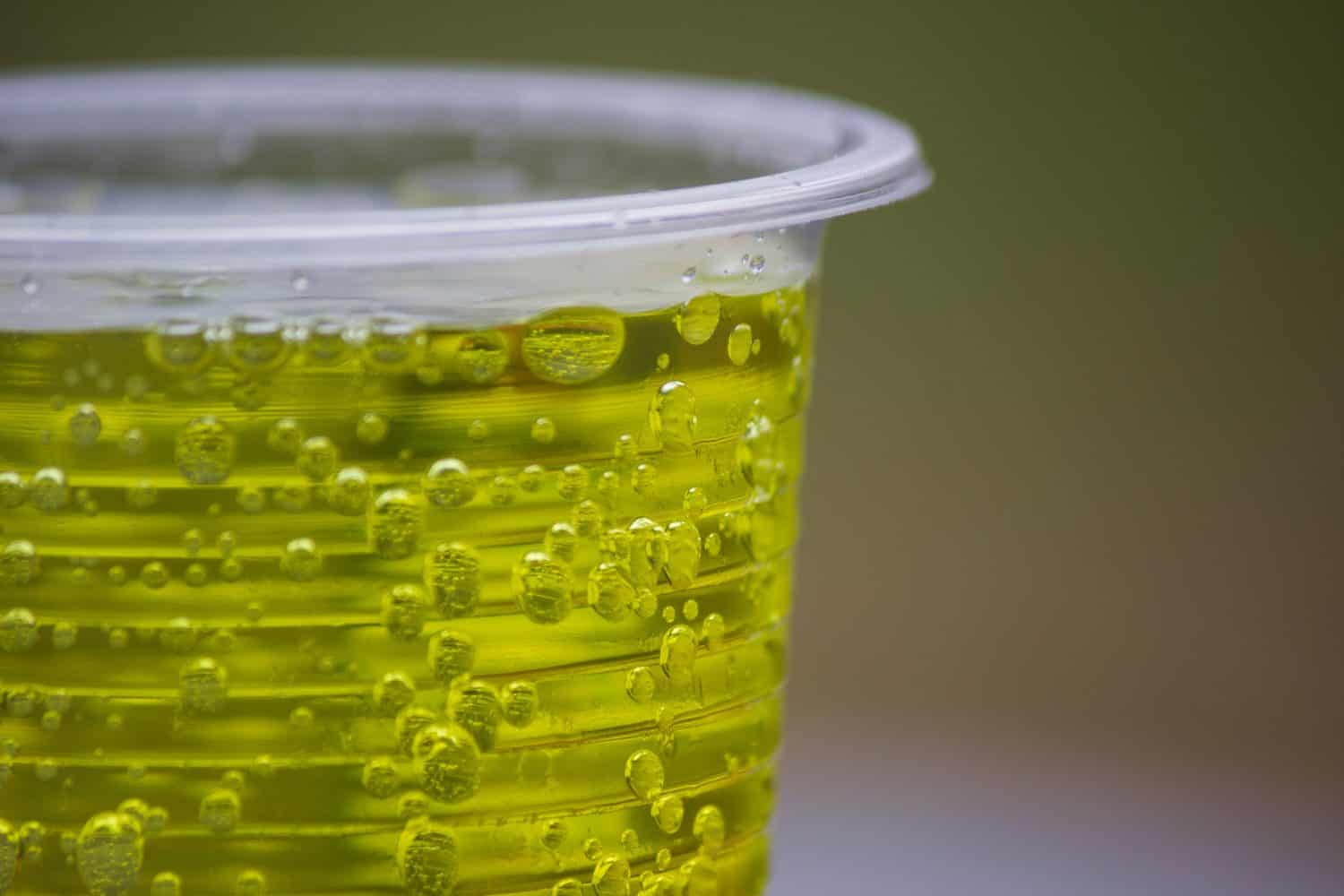
- Release Year: 1935
- Status: Peru
Fruit, bubblegum, yellow? These are the attributes that describe Inca Kola. Released in 1935, this fruity and sweet drink has remained popular in Peru for years. It is known as “The Golden Kola” and has a distinctive flavor and appearance, both of which have proven popular time and time again.
Citra
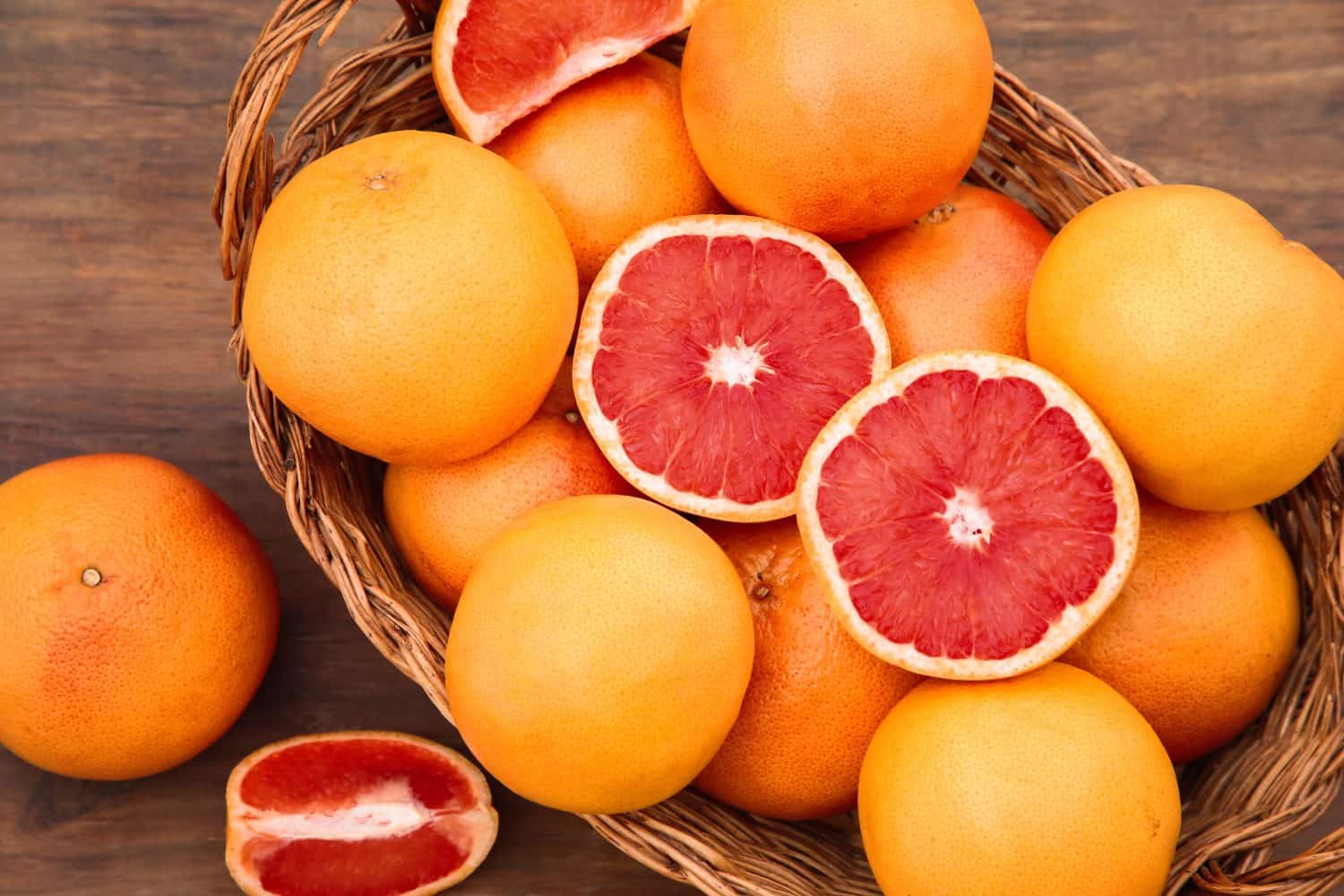
- Release Year: 1996
- Status: Discontinued
Citra was a caffeine-free grapefruit soda. At first, its popularity expanded because the flavor was intriguing. Plus, caffeine-free has a following all on its own. However, it was only a short time before the public lost interest in Citra, and its popularity faded.
The flavor went MIA for a while before it was brought back and rebranded as Fanta Citrus. This new rebranding gave consumers the rich taste of Fanta combined with the intriguing flavor of the original product.
Fanta Kolita
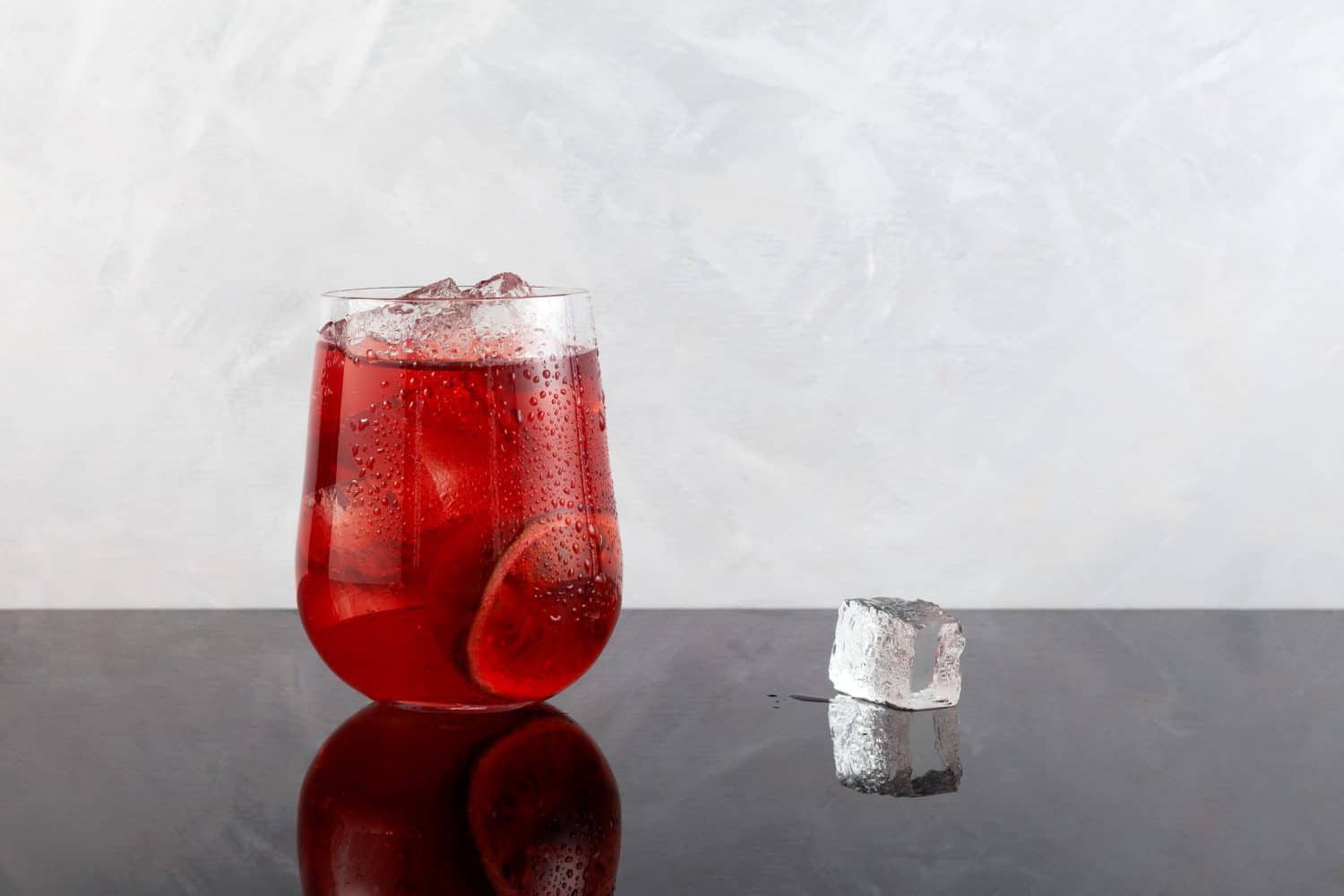
- Release Year: 1980s
- Status: Popular in Costa Rica
Coca-Cola combined with tropical fruit has the potential to delight just about anyone. Fanta Kolita is the carbonated version of the Kolita flavor, often described as similar in flavor to grenadine. It blends the traditional taste of Coca-Cola with tropical fruit, giving it a very memorable taste.
Tab Clear
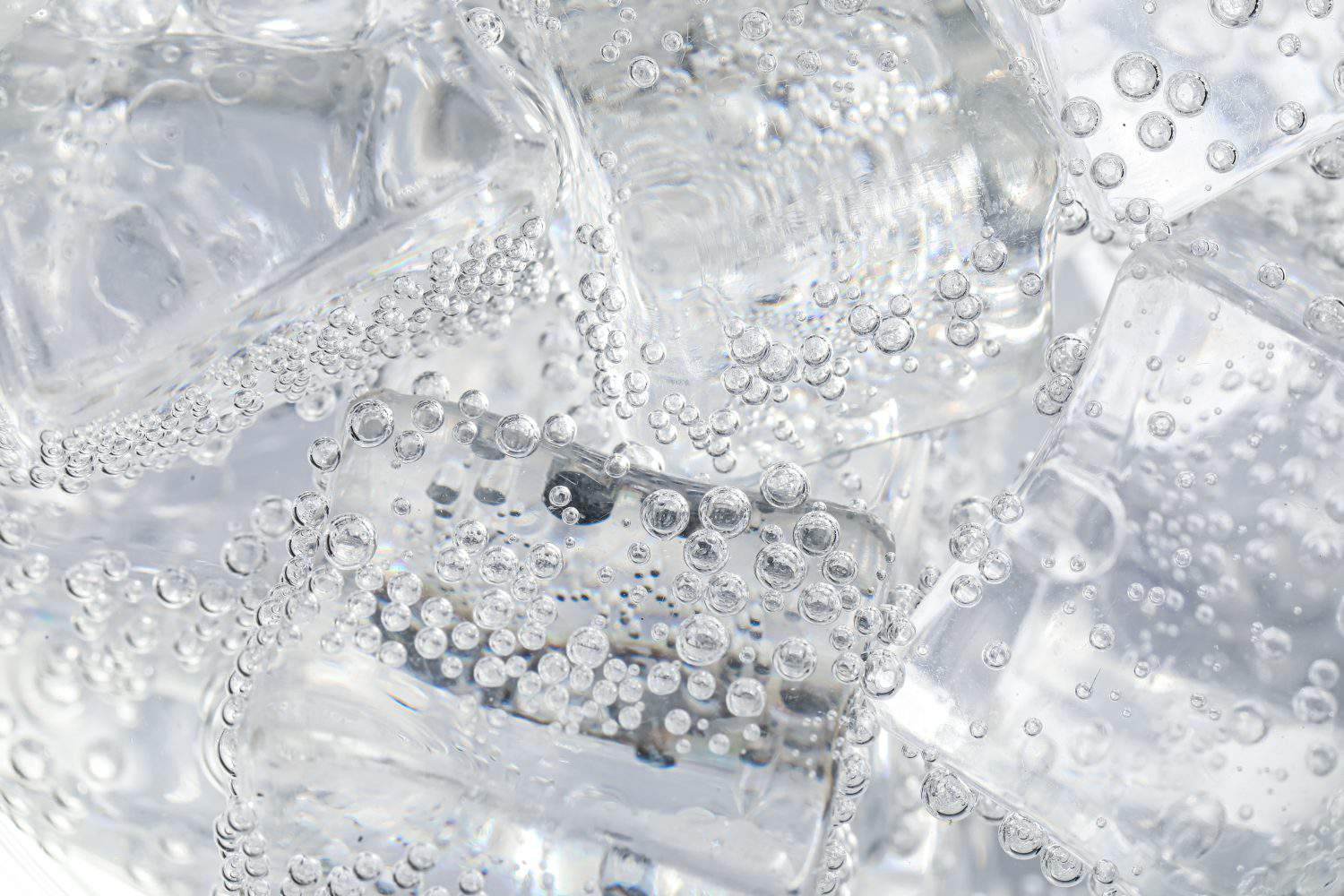
- Release Year: 1992
- Status: Discontinued
In 1992, PepsiCo was about to release Crystal Pepsi, a full-flavor clear drink that was still a soda. In the ’90s, clear drinks were all the rage, and Pepsi wanted in on this action. The plan was to deter the success of the new flavor. So Coca-Cola devised a marketing strategy, the release of Tab Clear.
The point of this release wasn’t really to make massive sales. Coca-Cola wanted to throw off the launch of their competitor, and that’s what they did. Tab Clear was also a clear, full-flavored soda, yet the flavor left some dissatisfied since it was a diet soda. PepsiCo’s drink wasn’t a diet soda, but if Coca-Cola could connect the two in similarity anyway, the sales for Crystal Pepsi may plummet, which is exactly what happened. (This is why you should stop drinking diet soda.)
